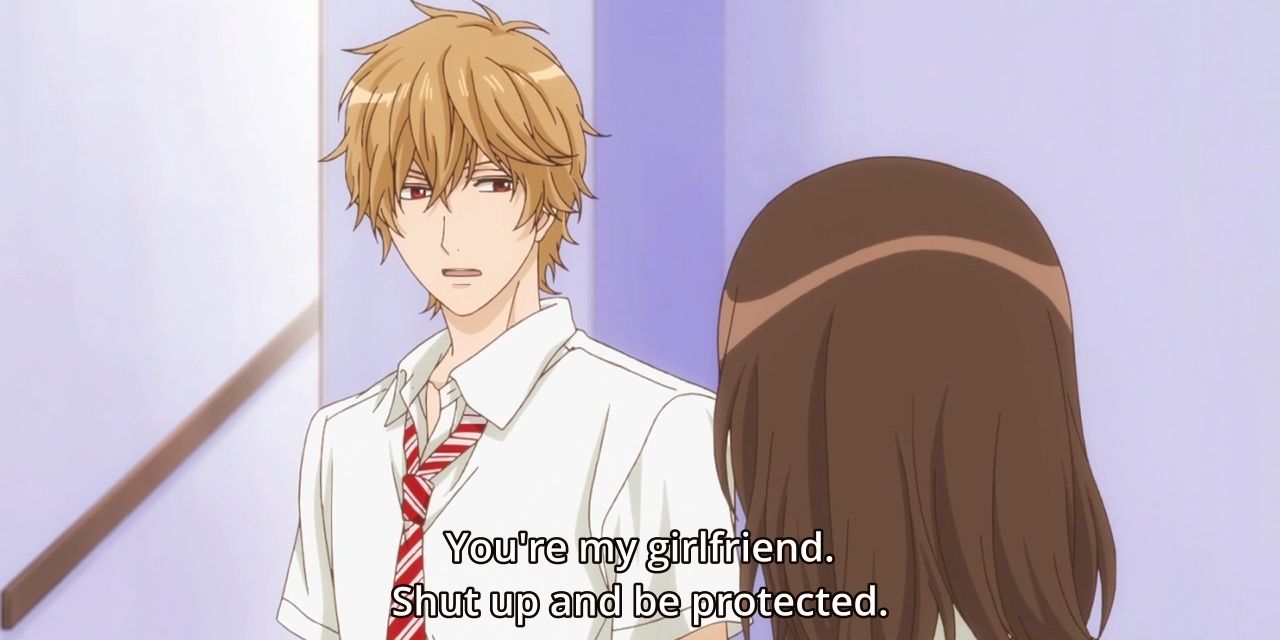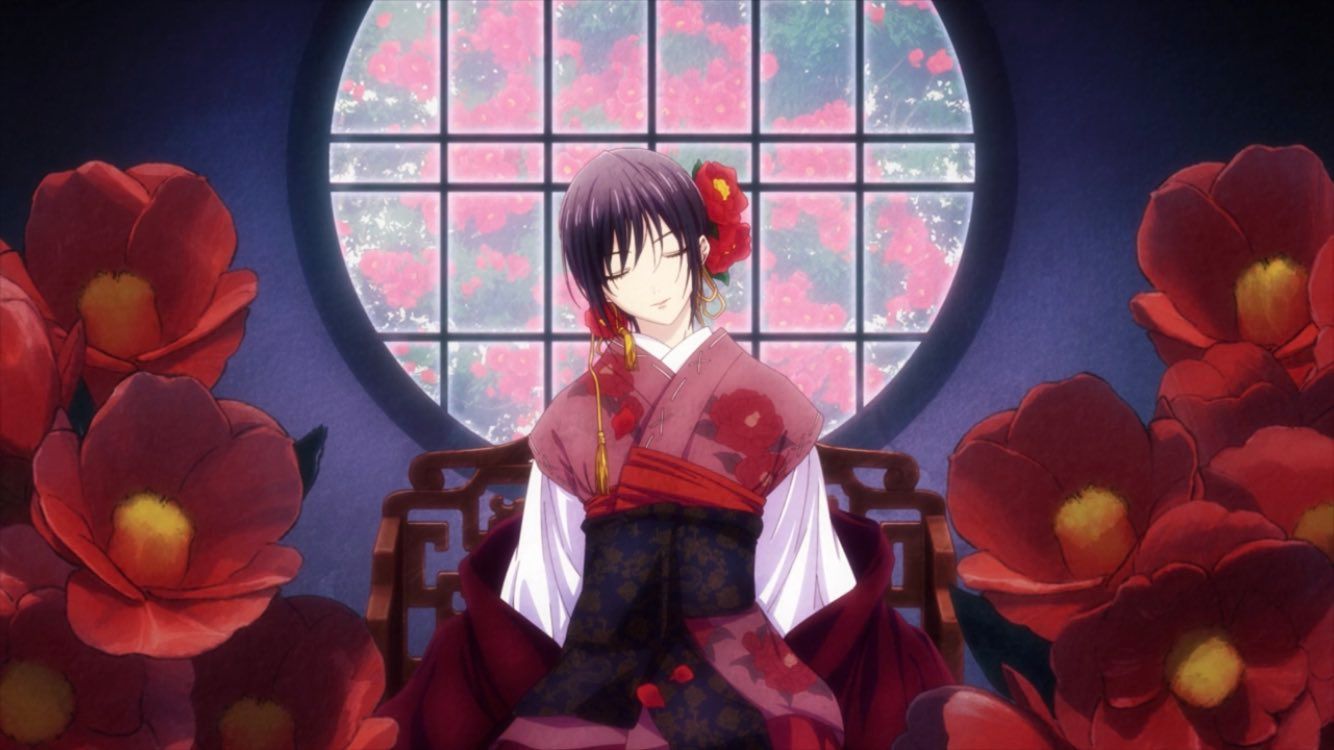
While the shojo genre is definitely one of the most loved genres in the anime world, it definitely has its occasional problems that often lead to unsuccessful shows. Clichés are different from tropes— tropes are things used in media that can be flavored to match and progress the series or romance. A cliché is an idea that has been so overused that fans are already totally over it.
Different anime genres are made of both tropes and clichés that are used to progress their stories, but clichés often only warrant an eye roll from their audiences. These ideas have been so overplayed or were frowned upon from the very beginning and maybe new shojo anime should just try to drop them completely in the future.
10 Despite Being Aimed At Young Girls, Shojo Often Feature A Weak Female Protagonist

This is probably one of the biggest issues many fans have with shojo anime. The female protagonists usually have a tendency to be a bit weak-willed and minded. They constantly get themselves into horrible situations that lead to them needed to be rescued by the male protagonist.
This can happen with another female rival character, bullying the protagonist over sharing the same crush, like in Orange, or the female protagonist can wander into a sketchy neighborhood and is in need of saving from creepy individuals, like in the manga for Blue Spring Ride.
9 The Plots Are Based On Misunderstanding After Misunderstanding

Another common cliché that shojo fans are growing irritated by is the number of misunderstandings that go on in just one series. Many shojo series are fueled by misunderstandings leading the way for the drama and it just makes every viewer want to shake both of the main characters and scream at them to communicate better.
A really good example of this is Black Prince and Wolf Girl. The main couple dates throughout the series but the main source of drama comes from miscommunication and misunderstandings that lead to them being upset at one another or confused when they see them with other people.
8 The Shows Feature So Many Unhealthy Relationships And Bad Boyfriends

In almost every shojo anime forum you see, there will likely be a comment along the lines of "I don't know why she puts up with him, she deserves way better." This is due to the cliché of bad boyfriends in shojo. Most of the male protagonists in this genre are problematic.
Either their hearts' have turned to stone for one reason or another, or they're just not very clear about their feelings and often make things extremely confusing for the female lead. They might even have a tendency to be a bit toxic or emotionally abusive that the show just writes off as "he's misunderstood." Really good examples of this trope are the male lead from Black Prince and Wolf Girl and the iconic Tuxedo Mask from Sailor Moon.
7 The Main Characters Are Always Putting Up With Bad Friendships As Well

Shojo anime has two kinds of best friends for the female protagonist; super amazing and supportive besties like in Fruits Basket or totally horrible bullies that are "just looking out for her," like Sailor Mars from Sailor Moon. Rei's friendship with Usagi has been problematic from the beginning— at one point she even tries to steal her boyfriend.
Yet the two continue to be best friends and rivals as they "make each other better." In the real world, that friendship probably would've ended very quickly. Rei is one of the best characters in the show, but maybe she and Usagi shouldn't have been as close.
6 Inappropriate Age Differences Are Often Romanticized

Another common cliché is the age difference between the main couple. This isn't as big of a cliché anymore but when the genre first began, they would often feature female protagonists in middle school swooning over boys in high school or college. Again, Usagi and Mamoru are the best example of this. In the original series, Usagi was in middle school while he was already a college student and somehow he fell for her anyway.
In Sailor Moon Crystal and in the manga, she was a middle school student while he was in high school. This isn't the only shojo series to do this either, but lately, most anime are closing the gap and even making the couple in the same class.
5 The Shows Can Often Feature Unhealthy Body Image And Promote Dangerous Habits

Shojo sometimes makes it a point that only pretty and cute girls can get the boys they like. In Kiss Him, Not Me! the main protagonist loses a bunch of weight after refusing to eat for a week. Once she gets skinny, the show becomes a reverse harem with a bunch of handsome students growing feelings for her.
In other shojo anime, many girls are often extremely concerned with how they look and compare themselves to other characters within their respective series, promoting unhealthy body images and beauty standards.
4 Often Times The First Kiss Does Not Lead To Anything

One of the most upsetting moments in any shojo is when the main couple kisses and it doesn't lead to anything. Couples in shojo often kiss a number of times (or not at all but that is a whole other upsetting cliché), and often times the first kiss doesn't actually lead to anything.
They'll brush it off as "oh I just felt like it" which makes the male protagonist look incredibly bad— like in Blue Spring Ride, or they'll do it as a way to hide from others around them— like in Say I Love You. Sometimes, these first kisses can even be an accident where the characters bump or fall into one another. But most often, the first kiss doesn't actually lead to anything at all.
3 Shojo Like To Redeem Their Antagonists

While this cliché can often be a good thing, it has been a bit overdone and sometimes audiences just want to see the main villain get what they deserve (which is definitely not a happy ending.)
The best example of this occurs between Tohru and Akito from the Fruits Basket manga. Akito is probably one of the most evil shojo antagonists ever. She's mentally and physically abusive yet somehow gets redeemed and is able to receive a happy ending.
2 Inappropriate Sibling Relationships Are Often Romanticized

Though this is being used less often in modern shows, sibling relationships and the "forbidden love" between step-siblings became quite popular for a period of time. A good example of this is the recent yuri anime Citrus, where two step-sisters fall for each other after a forced kiss.
But siblings in shojo have more than just weird romance clichés, they also can be incredibly annoying and hinder the protagonist, whether it is the sibling of the male lead or of the female lead, they will usually hate and make obstacles for the love interest.
1 The Shows Have A Habit Of Ending Abruptly

One of the clichés that is hated the most is when shojo animes end abruptly. So many have done this and it constantly makes fans want to yell at their TVs or computers. The series definitely may need a season or two to wrap things up but fans will be unlikely to get it. A great example of this is Blue Spring Ride, which ends where the 15th chapter leaves off though there are 49 chapters in total.
The couple doesn't even kiss and barely have an official moment with each other. Another example of this in manga is The Wallflower, where the couple doesn't get together at the end but rather continue playing the cat and mouse they had been playing for all 15 volumes.
0 Comments